When Pamulaparti Venkata Narasimha Rao became the country’s Prime Minister, he came with few expectations. His track record as Chief Minister of Andhra Pradesh (then undivided) and many years later as Union Cabinet Minister was mediocre. The party that had selected him to head the national Government owed its allegiance to 10, Janpath and saw him as a stop-gap arrangement. Although he had won many elections, he wasn’t the type to set the stage on fire — Congress leader Jairam Ramesh, who had worked closely with him, once said Rao had the “charisma of a dead fish”. These were not the only problems. The country faced a financial crisis of unprecedented proportion (gold had to be pawned to raise money), and militancy was squeezing the life out of Punjab.
Rao was supposed to collapse soon — if not under his advancing age, then from pressure from multiple sources. Instead, he lasted the full five-year term; turned the economy around; brought normalcy to Punjab; and stamped his authority by virtually cocking a snook at the real centre of power in the Congress. How did he manage this feat? What led to the transformation of a timid party worker more willing to follow than lead, into a decisive head of Government? How did the change of heart from a Left-leaning protectionist to a free market champion, happen? What techniques did he apply to have his way in a party that largely had little regard for him?
Vinay Sitapati’s book, Half Lion: How PV Narasimha Rao Transformed India, has the answers. It’s a fascinating account, backed by meticulous research and access to Rao’s private papers that had until then not come into the public domain, and material from both critics and admirers of the former Prime Minister. Sitapati tells the story of a modern-day Chanakya — nay, both Chanakya and Chandragupta rolled into one; Parth as well as Parthasarathy. Half lion and half man, is what Narasimha means. By the time Rao’s tenure ended, he had established how much of a man he was and armed with the killer instinct of a lion.
When an underdog succeeds so spectacularly, there is the temptation to go overboard with praise. Sitapati could have written a hagiography; especially given the full support he had received from Rao’s family members, to whom he is indebted. But the author resisted the trap — and to the credit of Rao’s family, it did not insist on a panegyric version. He has been sharply critical of his subject when he felt the occasion demanded. For instance, while providing a detailed account of the events that led to the demolition of the Babri mosque in Ayodhya, Sitapati comments, “There is no question that Rao made the wrong decision on Babri Masjid. He should have imposed President’s Rule between 1 November and 24 November 1992… it was a risk he should have taken.” And yet, the author adds that “history has judged Narasimha Rao harshly” and that to accuse him of plotting the destruction was inappropriate. This is because Sitapati believes that Rao’s fault lay in trusting the words of prominent leaders of the Bharatiya Janata Party, the Vishwa Hindu Parishad and assorted Hindu seers, that the mosque would be safe. (“He was blinded by personal chemistry.”) The then Prime Minister has also been repeatedly faulted for failing to get the mosque rebuilt on the same spot. While the author calls Rao’s refusal to heed the demand an “error of judgment”, he also informs that senior Congress leaders too had advised him against the idea. Sharad Pawar, for instance, had “sent a private memo on 12 December, cautioning against building the mosque on the same place. ‘If the masjid is rebuilt at the same site… (the) issue is likely to be exploited again and again for spearheading mass movements. In such a situation the minority community will have to continuously face insecurity and tension’”.
There were other reasons, Sitapati tells in the book, why Rao did not impose President’s Rule in Uttar Pradesh to pre-empt the demolition. None of his Cabinet colleagues was willing to take the risk. Even so-called secular parties such as the Janata Dal and the Left refused to take a position (both were in principle vehemently opposed to the invocation of Article 356 of the Constitution to dismiss elected regimes). Although Left leader Jyoti Basu did say that Article 356 could be imposed if no other way was found to save the mosque, in Sitapati's words, “Basu did not provide a categorical declaration that, as there was no other way to protect the mosque; Article 356 was justified in the present circumstance.”
All said and done, one cannot help feeling after reading the book, that this was a rare ‘failure’ — an exception. It certainly didn’t deserve the humiliation Rao got in the remaining period of his term, and after. The irrepressible Mani Shankar Aiyar, one of Rao’s trenchant critics, is quoted in the book as saying about Rao’s indecisiveness in saving the mosque, “Death is not a precondition for rigour mortis.” It was still a mild remark when compared to how the Congress leadership treated arguably one of the country’s finest Prime Ministers after his death — and even before he was cremated. His body was refused entry into the Congress headquarters and senior party leaders made it known to his family and friends that it was desirable he was cremated outside Delhi.
Indeed, it is with this dual tragedy — death and the subsequent slight — that Sitapati begins his narrative. In a way, therefore, he resurrects Rao from the ashes. But still, it’s a morbid beginning to a story of astounding achievements, and an apt reminder that a man who had spent his entire political career in the Congress party and who changed India’s destiny, has been purged from the pages of Congress history. Only the brave in the party can today have open words of praise for Rao; they are few, although many had basked in his glory not too long ago. Sitapati writes that when the body arrived at the Congress headquarters building in Delhi, the gates did not open. A Congress leader, who remains unnamed, is quoted thus: “We were expecting the gate to be opened… but no order came. Only one person could give that order. She did not give it.” The cortege remained outside for “thirty awkward minutes” before it moved on to the airport on its way to Hyderabad. The book quotes then senior Congress leader K Natwar Singh as saying, “Manmohan (Singh) was not happy with the treatment of the body (in Delhi).”
Rao’s uneasy relationship with Sonia Gandhi has been the subject of tomes of discussion. The equation was different to begin with; after all, Sonia Gandhi had cleared Rao’s choice as Prime Minister. But it is possible that the warmth may not have existed and that both of them had developed a chill towards each other earlier on. The author cites an instance when, soon after Rajiv Gandhi’s assassination in the midst of campaigning for the Lok Sabha election, senior leader and Rao-baiter Arjun Singh suggested that Sonia Gandhi be named as party president to garner sympathy votes. Rao retorted in anger that it was not essential for the Congress to be treated like a train where the compartments have to always be attached to an engine belonging to the Nehru-Gandhi family. Weren’t there other options, he demanded to know. The episode must surely have been conveyed to Sonia Gandhi, and it is possible that it shaped her subsequent attitude towards him.
It is not a secret why, despite everything, she still endorsed Rao for the party chief’s post (as a precursor to prime ministership if the Congress won the election) after Rajiv Gandhi was assassinated. The book reiterates the truth that Sonia Gandhi was not enamoured of the leading contenders — ND Tiwari, Sharad Pawar and Arjun Singh. Tiwari had disobeyed Rajiv Gandhi’s instructions and contested the election; Pawar had split the party before; and Singh was too deeply enmeshed in factional politics. Veteran Congress leader Shankar Dayal Sharma surprised everyone when he declined an offer brought by Sonia Gandhi’s emissaries to him for an eventual prime ministership, saying he was too old. Rao was the next choice suggested by Indira Gandhi’s Principal Secretary, PN Haksar. By now well into his mid-seventies, Haksar told the occupant of 10, Janpath, that Rao was (as Sitapati quotes him) “an intellectual who lacked enemies”. What was left unsaid was that Rao also lacked friends who could help him upset the first family’s hold over the party. From all accounts, Rao was more or less anticipating the offer. The author refers to a meeting between Rao and the Congress’s first family’s close friend Satish Sharma at the latter’s farmhouse, where Sharma presented the offer vetted by Sonia Gandhi. “He (Rao) wasted no time in accepting”, Sitapati quotes Sharma as remarking. As blunt and offensive as Mani Shankar Aiyar, now BJP leader Subramanian Swamy said in an interview to the author in 2015 that “Sonia knew that Rao would die soon, and she could take over.”
Whatever the game plan may have been, Rao ended up with having a firm grip on the party and the Government to the extent he could in the circumstances. The author provides an anecdote: When someone suggested to Prime Minister Rao that he should give up the party president’s post in favour of Sonia Gandhi as that would improve his relations with her, he retorted whether the person wished to see the country’s Prime Minister take files to the party president for clearance. Still, the author details at length the steps Rao took to keep Sonia Gandhi in good humour, even at one time suggesting that a direct telephone line could be installed between the two. That never happened, and the communication gap kept growing over time during Rao’s prime ministership.
This troubled relationship is only one aspect of Rao’s tenure, and it impacted the party more than it did the nation. His genius lay elsewhere — in dramatically reforming the economy by stealth, through guile. Whether it was opening up trade or devaluing the rupee or freeing up closed markets to global winds, Rao realised that he would face rough weather if he presented the radical changes as a break from the past. The author Sitapati notes the shrewdness with which Rao sold the reform measures to the party as a ‘continuation’ of the policies of Congress icons Jawaharlal Nehru, Indira Gandhi and Rajiv Gandhi. Few people in the party understood economics anyway (Rao himself did not but learned along the way). The truth is: Everything that he changed in the economy was in contrast to the protectionist policies earlier Congress Prime Ministers had adopted. Rao had given earlier indications of this change, when he extinguished the prospects of senior Congress leaders who were eyeing the Finance Minister’s post. His first choice was noted economist IG Patel, but when the latter declined, Rao opted for Manmohan Singh. To later become Prime Minister himself, Singh is quoted in the book as remarking that he said would accept the position provided he received Rao’s complete backing, and the Prime Minister responding, “only half-jokingly”, that if the policies succeeded, the two can take credit; if there was failure, Singh would have to go.
Rao deployed similar Chanakya-like tactics and strategies in dealing with the minority status of his Government, winning over support at times through questionable means. There is enough in the book to give an insight into his mind — a mind that was deeply influenced by Indian philosophical thought and yet alert to the practicalities of governance (where Chanakya’s saam, daam, dand, bhed come into play).
Rao was a man of simple tastes but with a complex mind. His biographer has done an admirable job of prying open the thought-process of the original ‘accidental Prime Minister’, and the good and bad which came from that accident. In the end, though, the good is so overwhelming that the bad must take a back seat. To quote Sitapati, “His legacy lives on…his half-burnt body continues to glow.”
(The writer is a senior political commentator and public affairs analyst)


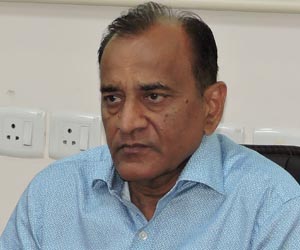

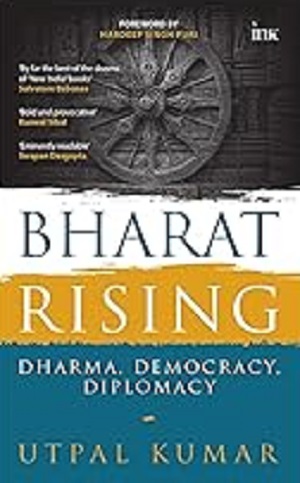
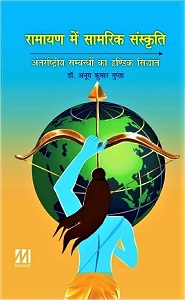
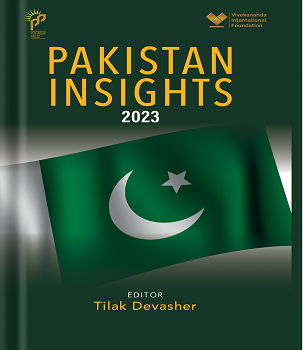
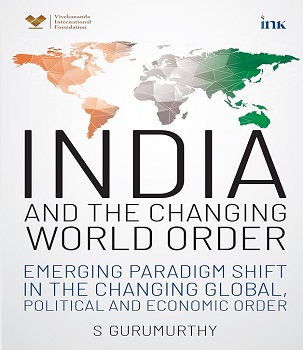
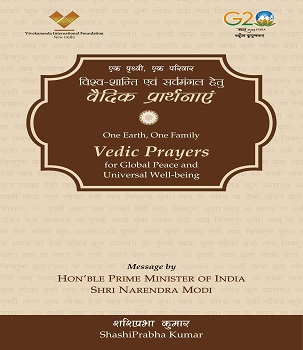
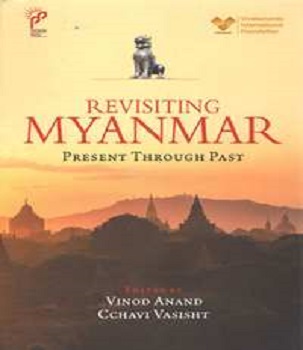
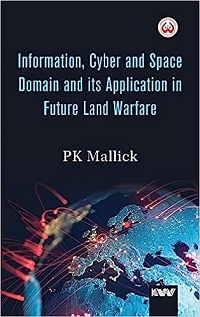
Post new comment